Geishas. Rickshaws. Tall wooden pagodas. Live through my Kyoto experience with me...
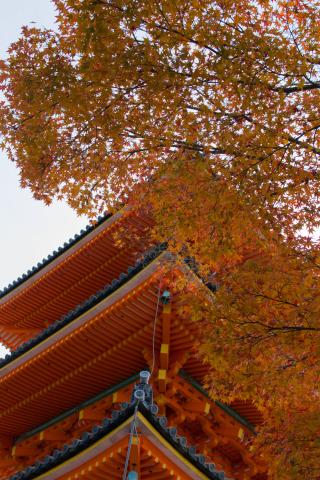
The bright red pagoda near the entrance for Kiyomizu-dera.
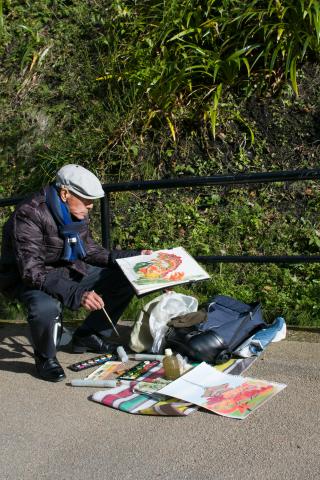
Painting the fall foliage is the only way for this man to spend his day by Kiyomizu-dera.
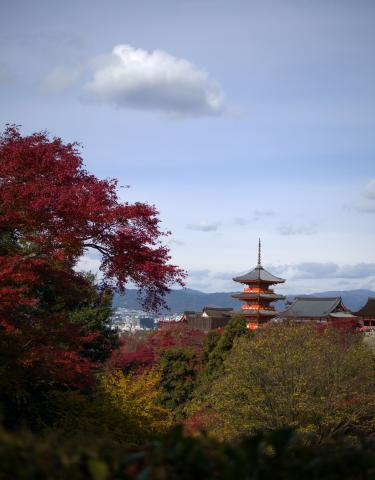
The pagoda from afar.
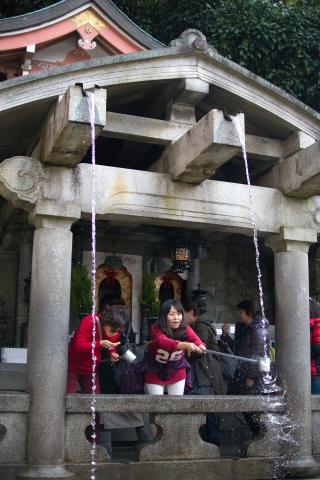
Two women rinsing their hands and mouths with water -- a spiritual purification ritual.

In Kyoto, you will see lots of young men and women wearing traditional kimonos.
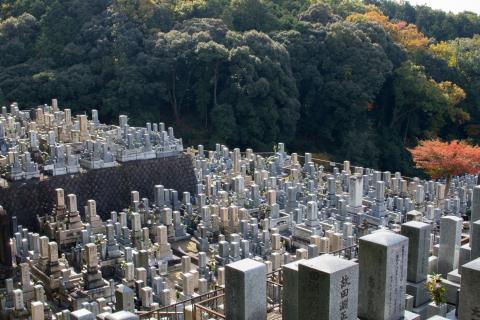
Possibly one of the biggest cemeteries I've seen. Burying one's ashes with the family's stone is the Shinto tradition.
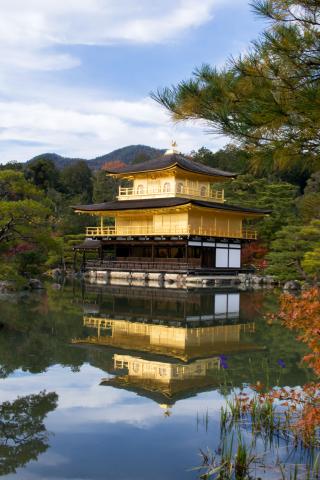
Kinkaku-ji: the Golden Pavillion. Its reflection is just as beautiful as the real thing.
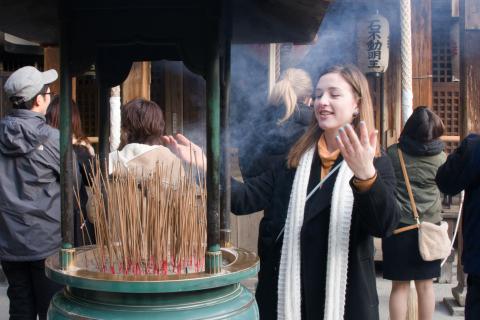
An IES Abroad Nagoya student wafting the smoke from the incense on her. This is thought to have healing powers and is often done near temples.

Tō-ji, a 5-story pagoda, is one of Kyoto's main photography hotspots. There were so many photographers there even from 7am!

The single most exhilerating experience in Kyoto and possibly Japan was riding a rickshaw. Oh. My. Goodness. It's incredible how smoothly these rickshaw "drivers" can run for 2 whole hours! And they are wonderful at making conversation. This will be the first thing I want to do the next time I visit Kyoto.
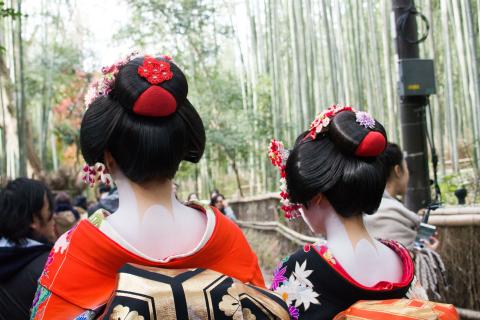
Maiko-san and geiko-san were seen walking around Arashiyama (the bamboo forest) for a photoshoot. They were so lovely...
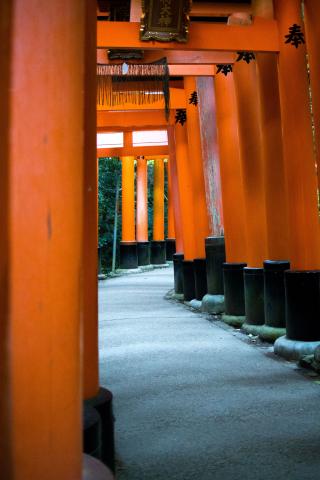
Last but not least, we walked through the thousand gates of Fushimi Inari. The red paint was a lot more jaded than it looks in pictures I've seen on social media, so I was shocked yet amazed by how long these gates have been standing.
**************************************************************************************************************
Kyoto gives off a strong vibe of traditional Japan, which makes it a must-see for anyone who is interested in historical Japan. There are tons of things in Kyoto that I haven't yet seen or done, which leaves me with a full list of things to do for the next time I visit Japan. Anybody wanna come with? :)

Deanna Stout
<p>Kamishibai is a Japanese style of storytelling that was popular in the first half of the 20th century. These narrators were street performers of a sort -- they read a variety of stories from a series of illustrated paper boards, entertaining the commonfolk before the emergence of television. I will blog about my experiences in Japan through a modernized version of kamishibai, telling my stories through a series of photographs and their corresponding narrations that will be similar to a novel.</p>








